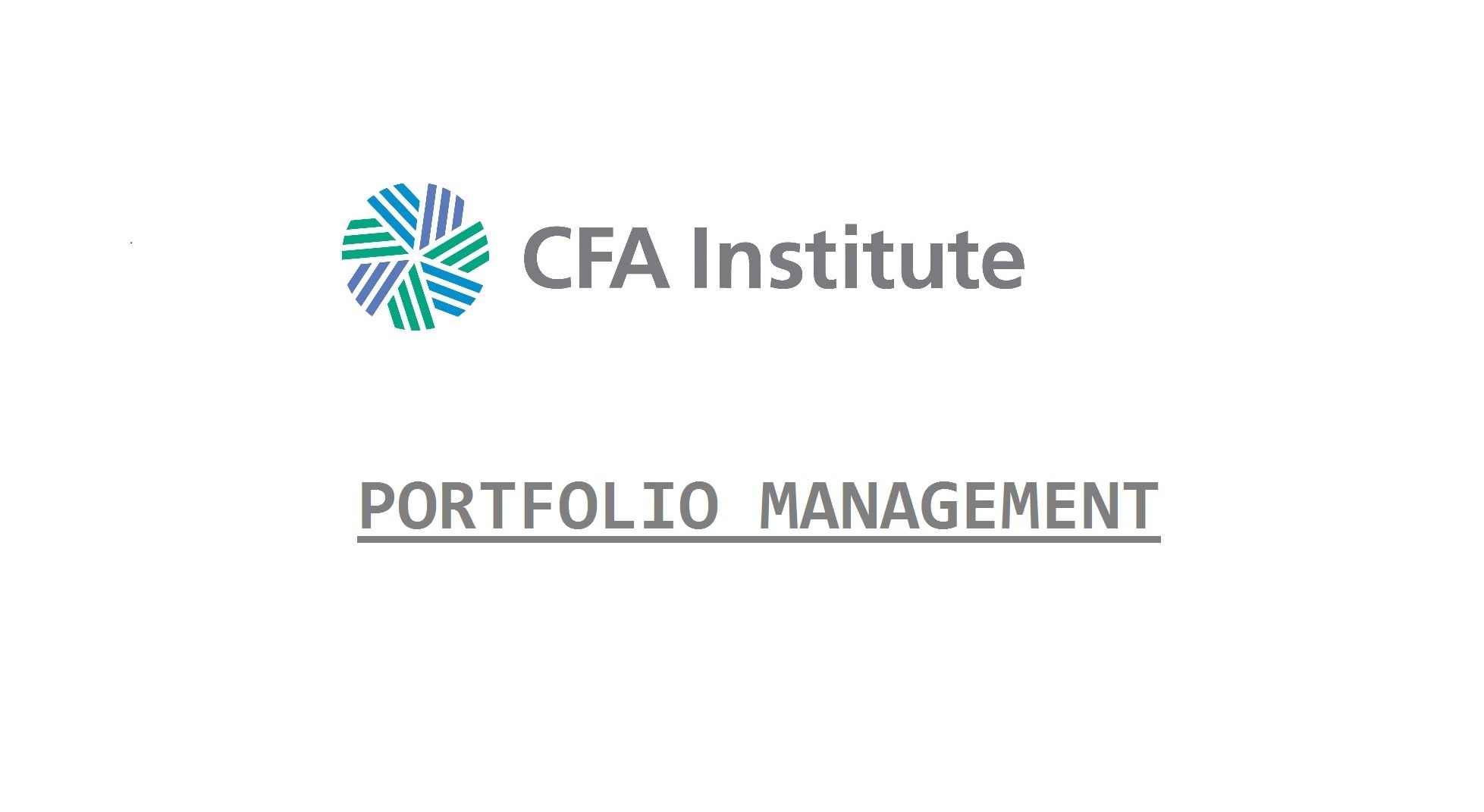There are three aspects to risk budgeting:
- The risk budget identifies the total amount of risk and allocates the risk to a portfolio’s constituent parts.
- An optimal risk budget allocates risk efficiently.
- The process of finding the optimal risk budget is risk budgeting.
The goal of risk budgeting is to maximize return per unit of risk—whether overall market risk in an asset allocation setting or active risk in an asset allocation implementation setting.
Absolute contribution to total risk (ACTR) is the asset classes’ contribution to portfolio volatility.
By estimating each asset classes’ marginal contribution to total risk (MCTR), we can (1) see what happens to portfolio risk as we change individual allocations, (2) identify optimal allocations, and (3) develop a risk budget.
| Marginal contribution to total risk: | MCTRi | = (beta of asset classi with respect to the portfolio)(total portfolio risk as measured by standard deviation) |
| Absolute contribution to total risk: | ACTRi | = (weighti)(MCTRi) |
| % of risk contributed by positioni= ACTRi / total portfolio risk |
The optimal allocations to each asset class occur when the ratio of excess return to MCTR is equal for all asset classes and is equal to the portfolio Sharpe ratio.
